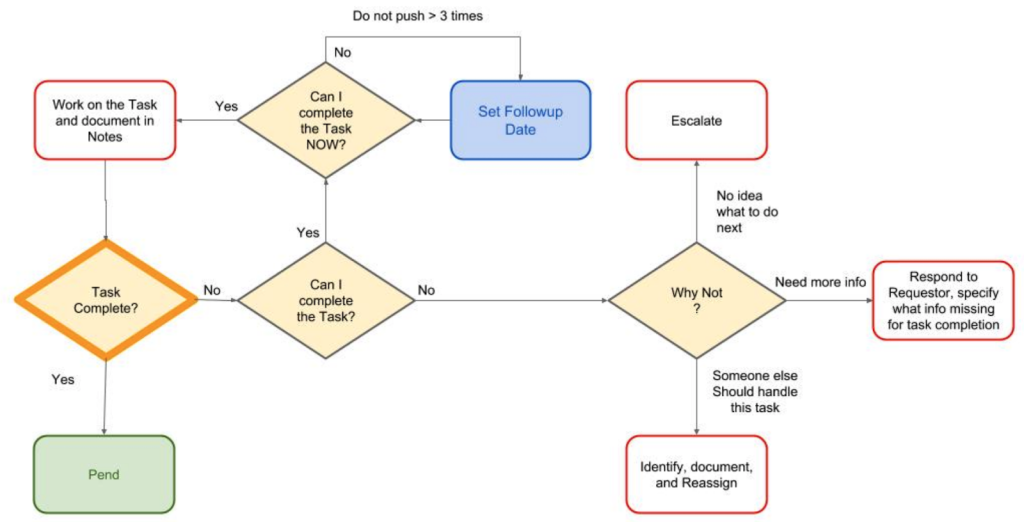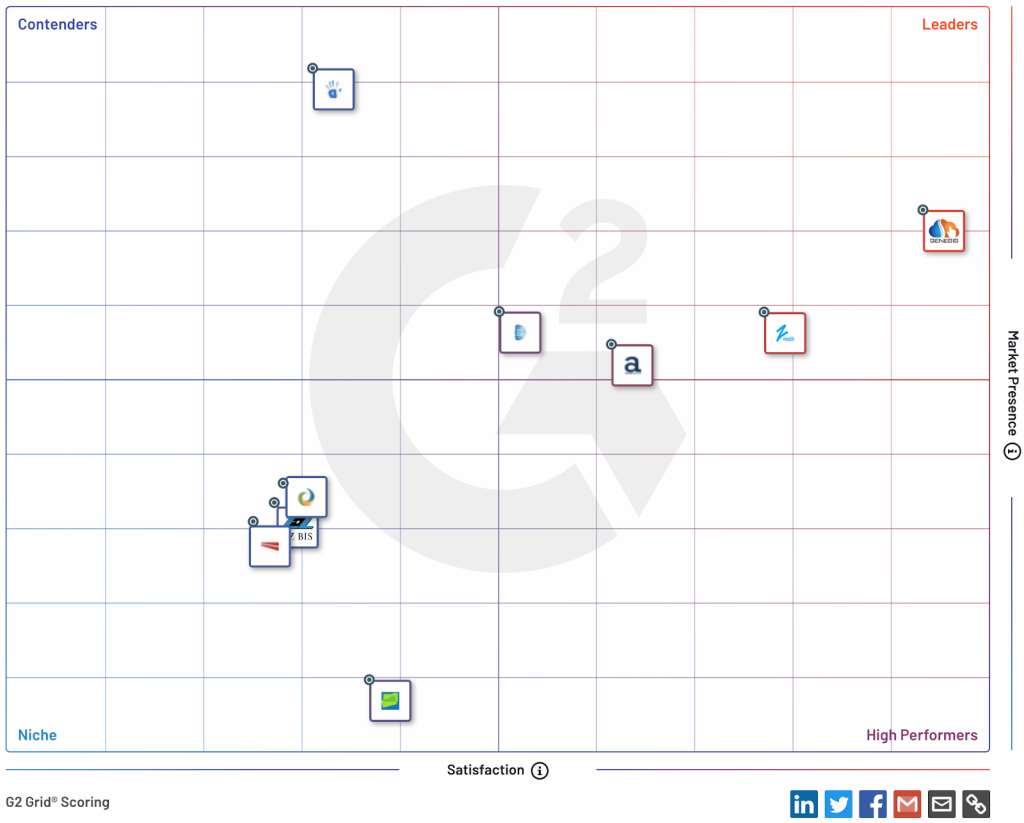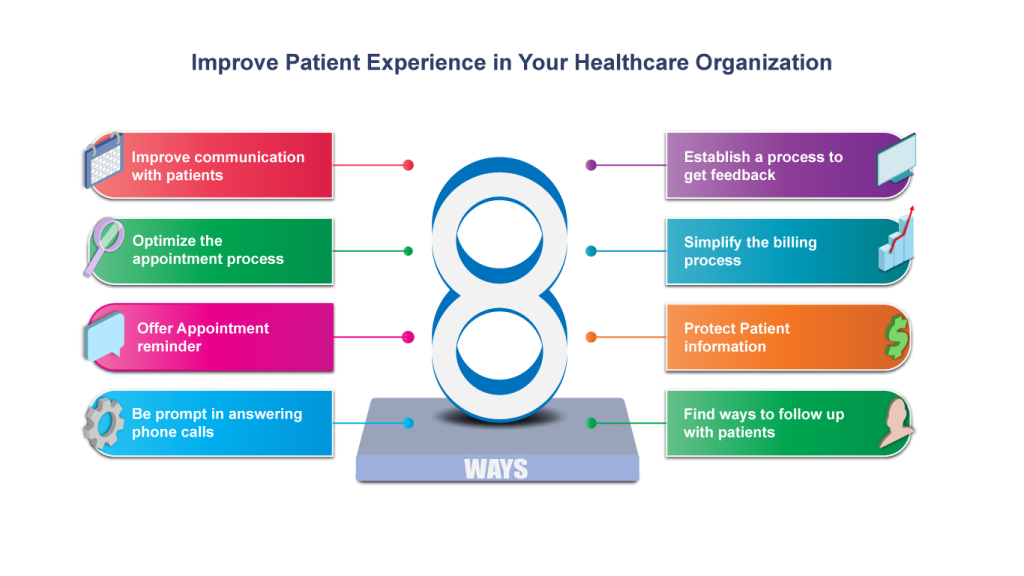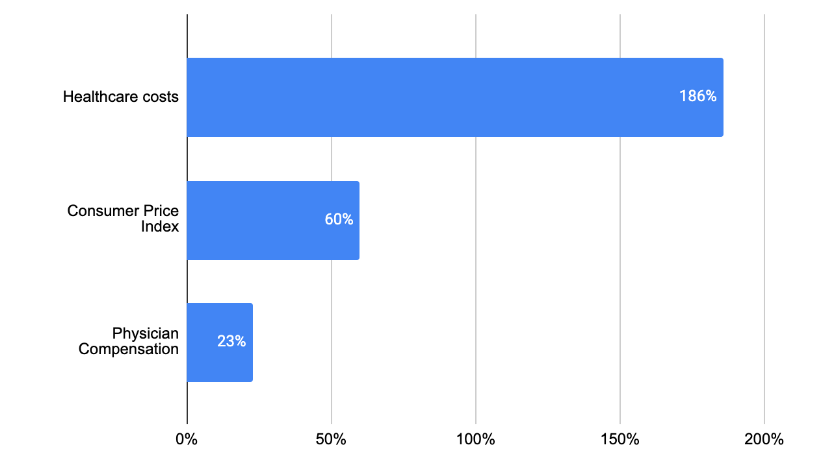Tasks, Checklists, and Problem Management

This blog chapter discusses the importance of standard operating procedures (SOPs) and checklists in problem resolution within the context of complex billing processes, with a focus on medical billing. It explores the characteristics of an effective tracking system for problem management and emphasizes the benefits of using tasks over email or other communication tools. The article provides a structured approach to creating tasks and highlights the significance of transparency, accountability, and measurement in this process.
Fifteen Criteria for Best SaaS

The use of Software as a Service (SaaS) in healthcare has transformed medical practice management by offering scalable, cost-effective, and AI-integrated solutions. SaaS shifts system management responsibilities to vendors, allowing healthcare providers to access applications without the need for significant upfront investments. Selection criteria for a SaaS vendor include functionality, training, performance, HIPAA compliance, and more. Platforms like Capterra and G2 simplify the evaluation process, with Genesis Chiropractic Software being recognized as a leader in chiropractic software. In conclusion, SaaS in healthcare offers convenience and efficiency, with AI integration enhancing automation, patient engagement, and data security.
Patient Loyalty

Patient loyalty is essential for the success of healthcare organizations, both in terms of recurring revenue and new patient acquisition. Factors like patient satisfaction, service quality, trust, and effective communication influence patient loyalty. Timely communication, a patient communication portal, and the use of advanced technology, including AI, can enhance the patient experience and foster loyalty. Patient portals offer features like appointment scheduling, secure access to health records, secure messaging, and billing management. AI can personalize patient communication and provide real-time insights, improving patient engagement and adherence.
Has the Provider’s Compensation Kept Up With the Economy or Healthcare Costs?

The U.S. faces escalating healthcare spending, with 2021 per capita costs reaching $12,318. Compared to advanced economies, the U.S. spent double the amount on healthcare. Factors contributing to this include an aging population, expensive medical innovations, and defensive medicine practices. Chronic diseases among older adults are a significant cost driver. Rising healthcare expenditures and declining physician income create a paradox in the industry. The excessive cost of medical innovation, demographic shifts, and defensive medical practices challenge healthcare affordability and sustainability.

